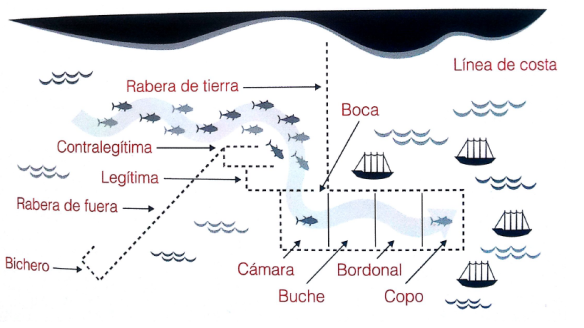I am so very thrilled that the SIETAR Chapter I spent six years of my life co-birthing and stewarding has grown up and is hosting this SIETAR Global Conference! Due to family events I can not be there, which is heartbreaking. I know it will be fantastic and I soooooooo wish I could be there to guide my dear colleagues and friends around my beloved, adopted second home.
We will, however, have SEVERAL Cultural Detective authors present, and at least two of them have let me know they will be presenting workshops that involve Cultural Detective. Both these sessions sound fantastic and I trust you’ll be able to make them.
Enjoy! Learn! Network! And please know I’m present in spirit and heart.

An Israeli Would Ask, “What’s the Problem Here?” Understanding the Very “Directest” Israeli Mindset
Workshop by CD Israel author Anat Kedem Meidan
Sat. August 11, 10:30 am – 12:20 pm
Going beyond stereotypes for deeper learning of the underlying core values and drivers that shape characteristic Israeli behaviors, norms and attitudes. Examining culture gaps between Israel and Japan to apply appropriate bridges across cultural differences.
Israelis have a distinct approach to life and interactions as well as unique ways of working. Norms and assumptions governing behavior – in particular regarding communication style, hierarchy and conflict – derive from deep-set values and an inherent ‘cultural sense’ that cannot be understood without looking at the historical and geographical context in which Israel operates. These norms are instrumental in creating Israel’s competitive edge, but they can also sabotage relationships and lead to frustration. Learning about the Israeli mindset is a necessity when interfacing with a culture where a key value is ‘maximum freedom, minimum restraint’, a culture where challenging everything all the time is encouraged and the preferred communication style is “dugri” – a “telling it like it is”, confrontational style.
Israeli and Japanese cultures share core values of focus on relationships and emphasis on hospitality. These similarities can be used to build trust between those needing to interact across the Japan/Israel interface. However, similarities can be misleading when overlooking cultural gaps. The result is that it often comes as a surprise that differences in approach to how things get done can lead to misunderstandings and end up sabotaging the group’s collaboration and capacity to reach set goals and objectives.
In this interactive workshop we will experience the Cultural Detective® — a critical incident-based tool for developing intercultural skills. In keeping with the conference theme of “Facing Uncertain Times Together: Strengthening Intercultural Connections,” the Cultural Detective takes its users from awareness to culturally appropriate bridging actions. In a detective-like manner, it provides a process for de-constructing and addressing challenges when encountering any intercultural dilemma, anywhere.
Using a Japanese/Israeli critical incident, participants will uncover underlying core values that shape behaviors, norms and attitudes. They will identify cultural gaps and apply a powerful bridging process for collaborating successfully across cultures.
—
Culturally Competent Training with Cognitive Integrity:
110 minute workshop with 8-time CD author George Simons
Creating and updating our intercultural learning tools to benefit from the latest developments in neuroscience and cognition
The approach taken toward cultural competence in this workshop relies on postmodern, linguistic, performative, iconic and constructionist thinking, drawing on recent research in neurologic and cognitive sciences. This means that fully interactive, holistic activities, performed in a safe space, and reflection on them will form the basis of our learning, rather than traditional positivistic and static essentialist thought definition presented in content lecture. In this workshop, we will actively explore a number of the first steps toward contemporary cultural know-how based on whole person engagement and reflection. We will conduct activities and exercises together in a variety of experiential holistic dimensions:
- Narrative and story-telling explorations of personal and cultural identities that will assist us to become aware of our own perspectives, feelings and inclinations, as well as those of others with whom we engage, as we respectfully elicit their stories and tell our own.
- Learning and practicing specific skills for recognizing and managing the frames in which we conceive of ourselves and others and how we operate out of and learning how we can modify these frames.
- With non-verbal and kinetic exercises, we will explore the physical spaces in which we live, move, encounter others and communicate, along with feeling their shifting contextual dynamics. Debrief will connect the workshop activities with everyday life in multicultural environments and explore ways in which we can continue to apply what is learned here to broaden our capacity for difference we experience with others.
















